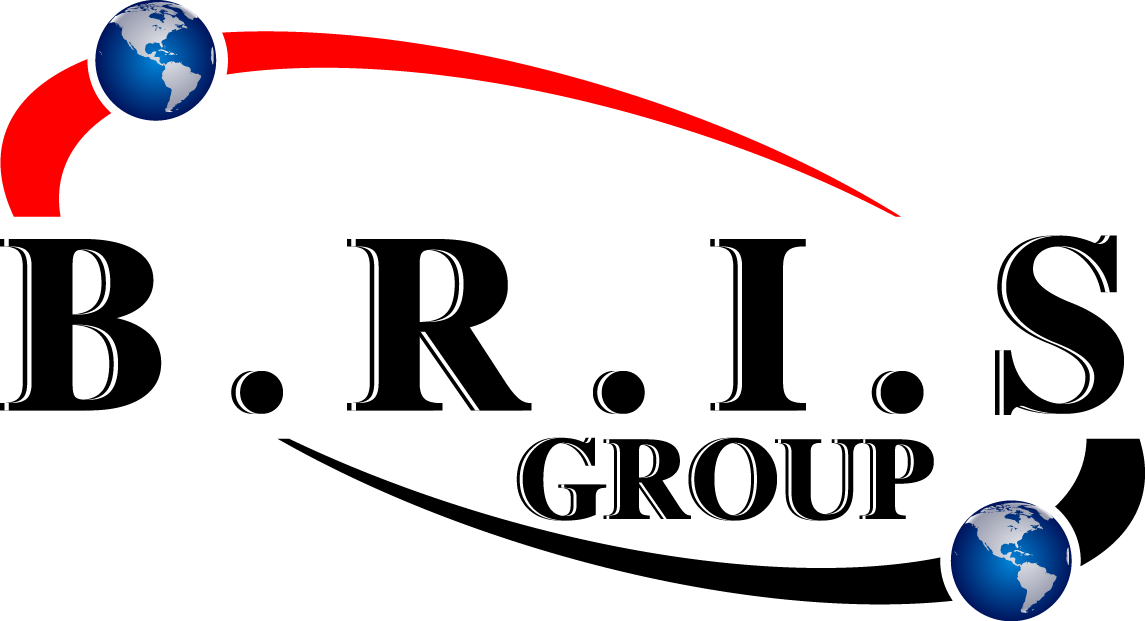Buying a Danish Business: Price, Procedure, and Registration for Non-Residents
Thinking about buying a Danish business? Denmark offers a stable economy, a skilled workforce, and a business-friendly environment, making it an attractive option for foreign investors. However, navigating the process as a non-resident can seem daunting. This guide breaks down the key aspects, including price considerations, the acquisition procedure, and how to register your newly acquired company.
Understanding the Price of a Danish Business
The price of a Danish business varies significantly depending on several factors:
- Industry: Some sectors, like technology or renewable energy, command higher valuations than others.
- Size and Revenue: Naturally, larger, more profitable businesses will be more expensive.
- Profitability and Growth Potential: A business with a strong track record and promising future prospects will fetch a higher price.
- Assets: The value of tangible assets (property, equipment) and intangible assets (brand reputation, intellectual property) will influence the overall price.
- Market Conditions: The current economic climate and investor sentiment play a role in valuation.
It’s crucial to conduct thorough due diligence and engage professional advisors (accountants, lawyers, business brokers) to accurately assess the value of the target business. They can help you understand the financial statements, identify potential risks, and negotiate a fair price.
The Procedure for Buying a Danish Business
The process of buying a Danish business typically involves these steps:
1. Identify a Target: Research and identify potential businesses that align with your investment goals. Online platforms, business brokers, and industry networks can be valuable resources.
2. Due Diligence: Conduct a comprehensive review of the business’s financial, legal, and operational aspects. This includes examining financial statements, contracts, permits, and compliance records.
3. Negotiation: Negotiate the terms of the acquisition with the seller, including the price, payment terms, and closing date.
4. Legal Documentation: Draft and execute the necessary legal documents, such as the purchase agreement, transfer deeds, and shareholder agreements. It’s essential to have experienced legal counsel involved in this stage.
5. Financing (if needed): Secure financing from banks or other financial institutions if required.
6. Closing: Complete the transaction by transferring ownership of the business and making the agreed-upon payment.
Registering Your Danish Business as a Non-Resident
As a non-resident, you’ll need to register your newly acquired Danish business with the relevant authorities. Here’s a simplified overview:
1. Choose a Legal Structure: Decide on the appropriate legal structure for your business (e.g., ApS – private limited company, A/S – public limited company). The ApS is a common choice for smaller businesses.
2. Register with the Danish Business Authority (Erhvervsstyrelsen): You’ll need to register your company with the Danish Business Authority (Erhvervsstyrelsen) through their online portal, Virk.dk.
3. Obtain a CVR Number: The CVR number is the Danish business registration number, similar to a tax identification number.
4. Register for VAT (if applicable): If your business activities are subject to VAT, you’ll need to register for VAT with the Danish Tax Agency (Skat).
5. Open a Danish Bank Account: You’ll need a Danish bank account to manage your business finances.
6. Appoint a Local Representative (potentially): Depending on your specific circumstances and the legal structure you choose, you may need to appoint a local representative in Denmark.
Important Considerations for Non-Residents:
Danish business as a non-resident. Denmark has a comprehensive tax system, and it’s crucial to understand your obligations regarding corporate income tax, VAT, and other relevant taxes. Seek advice from a tax advisor specializing in international taxation.
- Residency Permits: If you plan to reside in Denmark to manage the business, you’ll need to obtain the appropriate residency permits. The requirements vary depending on your nationality and the nature of your business activities. Contact the Danish Immigration Service (Udlændingestyrelsen) for detailed information.
- Language and Culture: While many Danes speak English fluently, learning some Danish can be beneficial for building relationships with employees, customers, and suppliers. Understanding Danish business culture is also important for successful integration.
- Legal Advice: Throughout the entire process of buying a Danish business, it’s highly recommended to engage experienced legal counsel specializing in mergers and acquisitions (M&A) and Danish business law. They can guide you through the legal complexities, protect your interests, and ensure compliance with all relevant regulations.
- Financial Advice: Similarly, seek advice from a financial advisor who understands the Danish market and can help you with financial planning, investment strategies, and risk management.
- Due Diligence is Key: Don’t underestimate the importance of thorough due diligence. This is your opportunity to uncover any hidden risks or liabilities associated with the business. Engage experts to conduct financial, legal, and operational due diligence.
- Negotiation Skills: Be prepared to negotiate the terms of the acquisition. Having a clear understanding of the business’s value and your own investment goals will help you negotiate effectively.
- Integration Plan: Consider how you will integrate the acquired business into your existing operations or develop a plan for managing it independently. This includes aspects like staffing, marketing, and operational processes.
- Networking: Building a network of contacts in the Danish business community can be invaluable. Attend industry events, join business associations, and connect with other entrepreneurs.
Finding the Right Business to Buy
Several resources can help you find a suitable Danish business for sale:
- Business Brokers: Business brokers specialize in facilitating the sale of businesses. They can help you identify potential targets, conduct due diligence, and negotiate the terms of the acquisition.
- Online Platforms: Online platforms list businesses for sale, providing information about their financials, operations, and asking price.
- Industry Associations: Industry associations often have information about businesses that are looking for investors or buyers.
- Networking: Networking with other business professionals can lead to opportunities to acquire a business.
Buying a Danish business can be a rewarding investment, but it requires careful planning, thorough due diligence, and expert advice. By understanding the price considerations, the acquisition procedure, and the registration requirements for non-residents, you can increase your chances of a successful transaction. Remember to seek professional guidance from lawyers, accountants, and business advisors throughout the process. With the right approach, you can unlock the potential of the Danish market and achieve your business goals.
********
If you wish to register a company in Denmark our team will be happy to help you there and provide you with more detailed information, you can contact us at [email protected]

Buying a Danish business
Related pages:
Establishing Business in Denmark
Property and Environment in Denmark
Intellectual Property in Denmark


